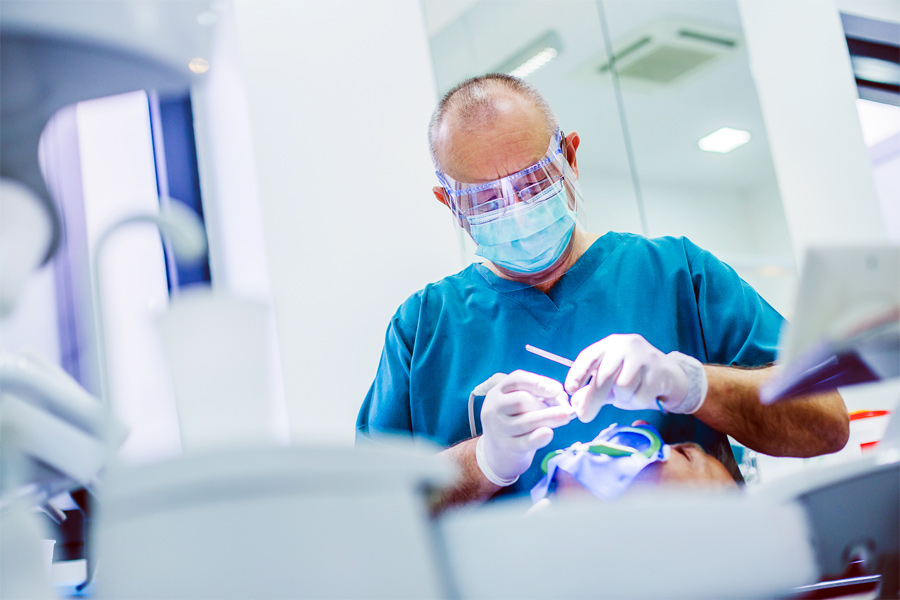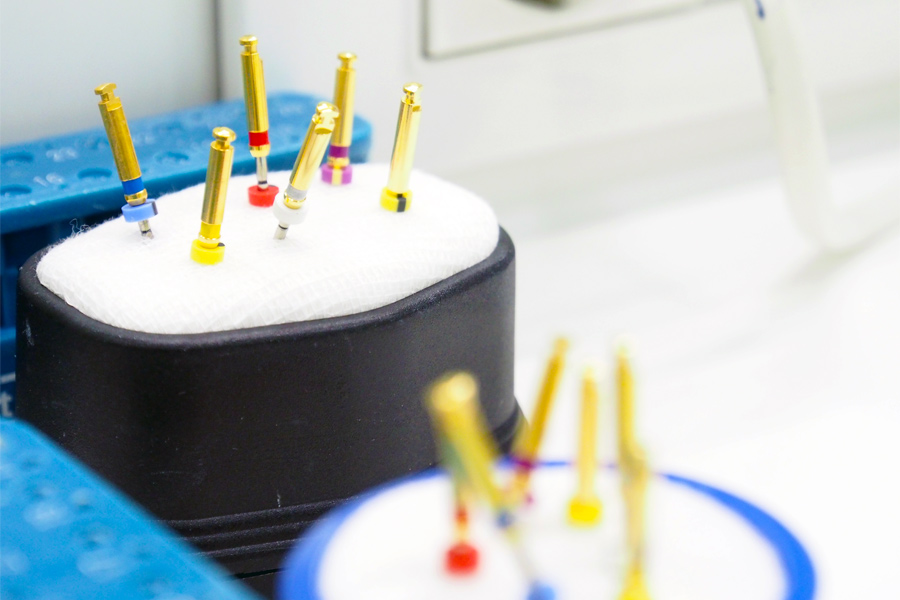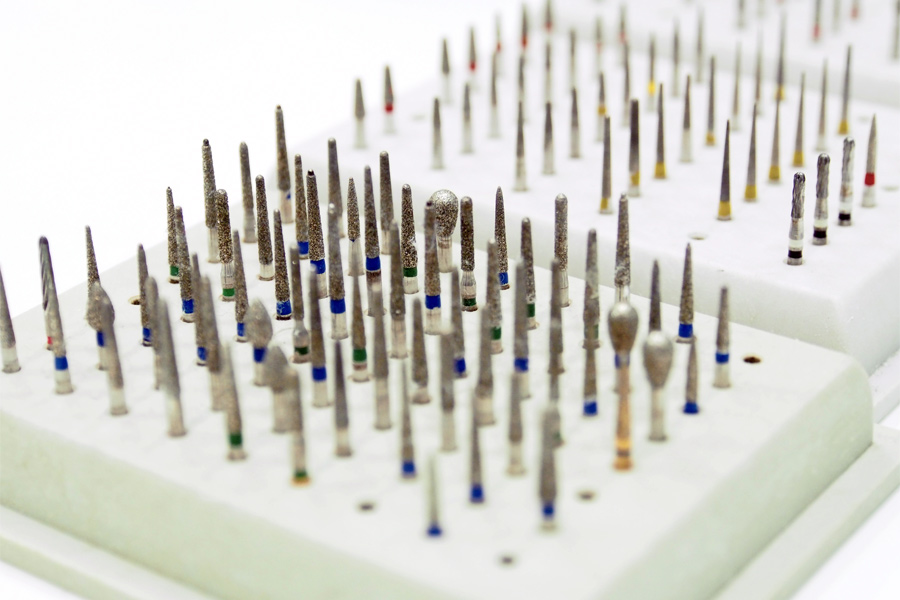Endodontics In One Visit
Root canal treatment prevents the spread of infection into bone, thus preserving the tooth and its root
Endodontics In One Visit
Root canal treatment prevents the spread of infection into bone, thus preserving the tooth and its root
EndodontIC TREATMENT
Treatment of inflammation “dental nerve” involves removal of diseased pulp, disinfection and filling the resulting space with harmless materials.
EXPERTS IN ENDODONTICS
Specialist in endodontics, periodontology and oral medicine, prof.dr.sc. Ivica Anić conducts and supervises endodontic treatments.
TOP TEAM
Our top endodontic team, in addition to treating root canals, effectively treats other periapical processes such as granulomas, abscesses and cysts.
SINGLE-VISIT ENDODONTICS
Single-visit endodontics, in addition to saving time, means a more reliable and safer procedure with same or better results than multi-visit treatment.
Endodontics, or treatment of root canal, is aimed at preventing the spread of infection into the bone, and thus preserve the tooth and its root.
If root canal treatment is not carried out, or is not carried out properly, any further procedure (fillings, crowns) is useless and unjustified. That is why in Polyclinic Šlaj-Anić we later check every endodontic treatment with X-rays.
The modern procedure of root canal treatment is a type of microsurgical procedure and requires a sterile working area. For this reason a rubber dam is placed on the tooth and the inflamed tissue is removed with sterile instruments, by hand or by machine. Infected canals are rinsed with root canal disinfectant fluids, dried and filled with bioinert material.
We are using the most modern medical materials and equipment for endodontic procedures, and they are always performed by specialists.
It is important to point out that the procedure is completely painless and we perform it mainly in one visit. Once it was common to have “dental treatment” carried out in many visits that lasted for weeks or even months, today that is a thing of the past.
One-visit endodontics, in addition to saving the patient’s time, is much more reliable and the discomfort due to the dental procedure is minimized.
All endodontic treatments are performed under the guidance of prof.dr.sc. Ivica Anić, internationally recognized specialist and scientist.




